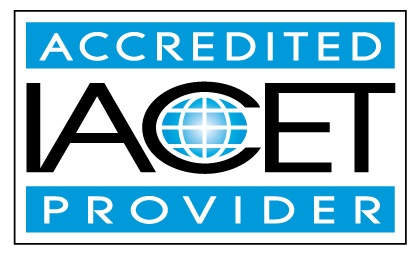Description
Children with Cerebral Palsy are at risk of hip subluxation. Children with subluxation experience pain until it is corrected. Prevention of subluxation would decrease surgeries and improve quality of life. However, there have been few successful programs to prevent subluxation. Positioning the hips in abduction in standing, when performed regularly, has been shown to maintain passive motion and potentially decrease subluxation. Some standers allow for positioning with hip abduction. Practitioners need to know whether this positioning offers an advantage. This course will discuss the relevant research to help to guide participants to understand why this appears to be advantageous.
Learning Outcomes:
The participant will be able to describe the benefits of positioning a child with cerebral palsy in hip abduction.
The participant will list three reasons that hip abduction in standing has been shown to be effective.
The participant will list three characteristics of a child that make them a good candidate for standing in abduction.
Lauren Rosen, PT, MPT, MSMS, ATP/SMS is a Physical Therapist at St. Joseph’s Children’s Hospital in Tampa, Florida. She is the Program Coordinator for the Motion Analysis Center, a three-dimensional motion analysis lab where she runs a pediatric and adult seating and positioning clinic. She has been active in DME prescription for over 20 years. She is a FON and she is a past member of the Board of Directors of RESNA.


